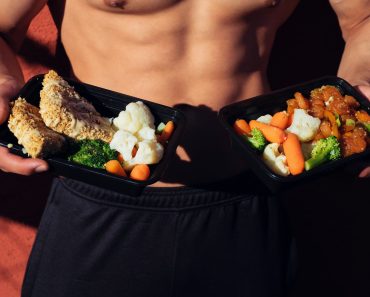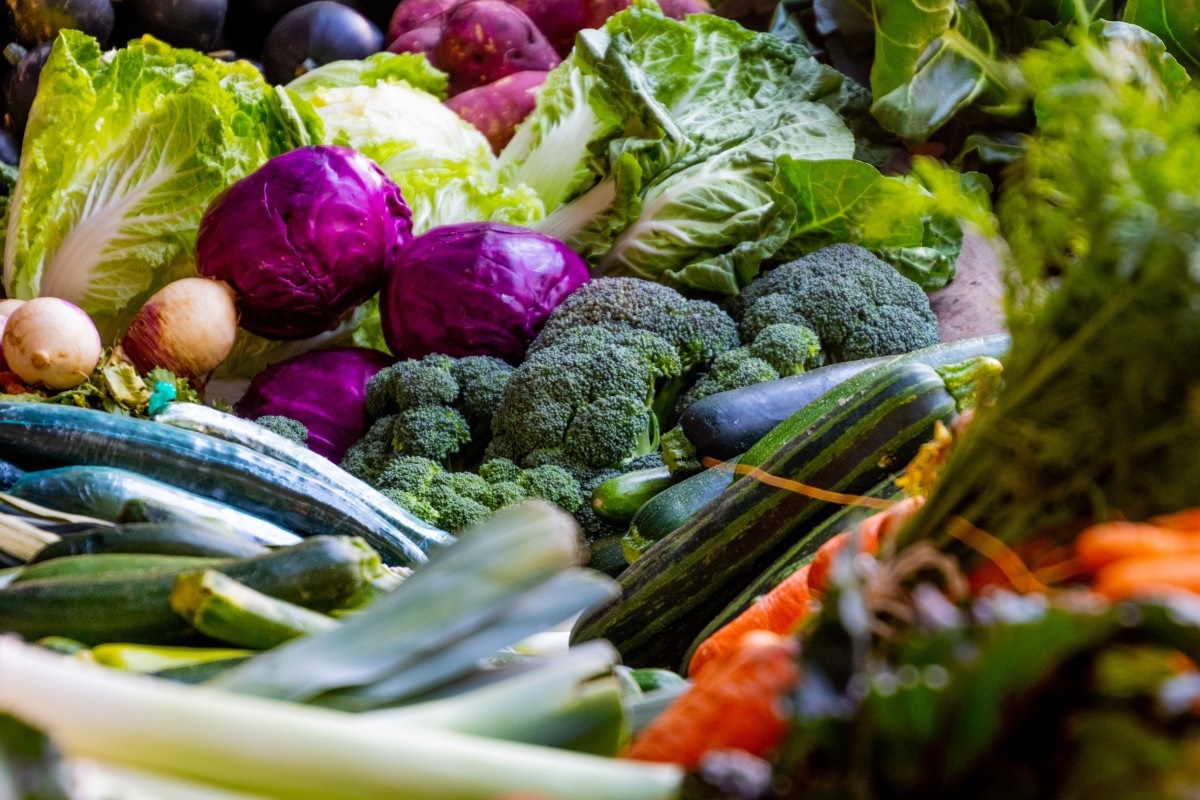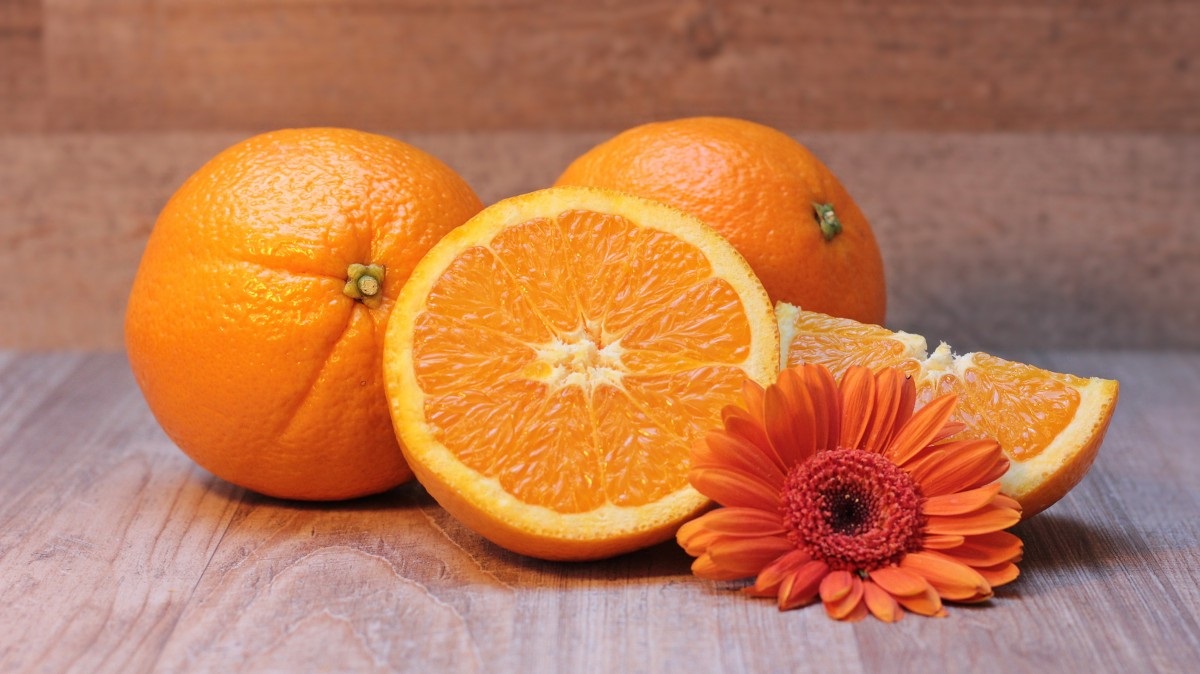For years, there has been a heated debate as to whether grains are a health dynamo or a dietary villain. Recently, this debate reached its peak and grains were identified as the primary cause of our general health decline. The paleo movement labelled it as both dietary enemy number one and root source of many health problems. All of a sudden, consuming organic corn chips, whole wheat bread or enriched wonder pasta sets you up on the path of obesity, diabetes and heart disease.
But are grains really this bad? You ask.
Well, science gives us a pretty clear answer: no. Grains are the world’s single leading source of food energy. They are excellent sources of complex carbohydrates, key vitamins and minerals. In fact, anybody who buys into the eat-less-grains campaign is depriving themselves of a host of nutritional benefits. The truth is, merely blaming grains for an umbrella of health problems is far too impulsive. In fact, scapegoating one ingredient distracts us from the main culprits (sugar and fats).
The biggest problem people have with grains is that some are highly processed. Oh yeah! Most grains are actually the queens of processed foods-milled wheat is one such example. And highly processed usually means they’re not fortified with good nutrients since the process strips them of all nutritional content. Another speculation is that it’s easy to consume too many grain products like cakes, pancakes and cookies; which is a problem because it can lead to obesity.
A Grain of Truth
Now before you jump into the paleo diet wagon, it’s important to note that there are actually three different types of ancient grains that are not only delicious but also perfect alternatives to heavily processed commercial grains. They are quinoa, buckwheat and teff. Basically, these three are not classified as grains. They are pseudo-cereals which means they are used in much the same way as cereals and can be milled into flour just like other grains. However, nutritionally, they are still considered whole grains.
Let’s introduce you to them:
1. Quinoa
Quinoa (pronounced keen-wah) may be one of the healthiest foods you’re missing. Its nutritional profile is impressive- it is packed with protein and is one of the few foods that contain all nine essential amino acids. It is also rich in magnesium, calcium, iron, potassium, phosphorous, vitamin E and various B-vitamins.
What’s more? It is gluten-free. Yes. Quinoa is actually gluten-free, making it a fantastic wheat-free choice. In addition, it is high in fibre and offers excellent benefits for digestive and immune health. The best part is that it makes for a complete protein source for vegans who struggle to get adequate protein in their diet.
As the readily accepted sovereign of grains, quinoa promotes brain health, supports hemoglobin production, regulates blood sugar and reduces the risk of heart disease, hypertension and diabetes. In other words, it is a wicked-good super nutrient.
If you are a buff of all things creamy and fluffy, you’ll be thrilled to know that cooked quinoa is not only fluffy and creamy but also adorably delicate and nutty. It pairs well with a host of other foods including soups, salads and stir-fries- and is sure to get you asking for more.

2. Buckwheat
If you aren’t a fan of buckwheat, it’s high time you get on board. Effing delicious and dangerously addictive, buckwheat is a full-flavoured traditional food that is a wonderful source of B vitamins, proteins, zinc, manganese, copper, phosphorus and soluble fibre.
It has pyramid-shaped seeds, known as groats, which are not only delicious but also loaded with resistant starch for colon health. The most impressive thing about buckwheat is that it is twofold: it acts as an anti-inflammatory while at the same time providing antioxidants, so you’ll be getting rid of radicals and maintaining the natural state of your body all at once.
Buckwheat’s beneficial reimbursements are due in part to its high supply of flavonoids, mainly rutin. Flavonoids are phytonutrients that protect against diseases by acting as antioxidants. All of this help reduce the risk of heart disease, diabetes and high blood pressure.
Buckwheat is a highly flavoursome and invigorating food that can be taken as porridge or granola. It can also be used as a base ingredient in vegetable burgers, salads and stir-fries. You can also blend its flour with other flour to make bread, cakes and muffins. However, you choose to prepare it; the result is a welcome delicacy.

3. Teff
Teff is the new grain that people can’t stop talking about. This Ethiopian favourite is one of the smallest grains in the world. In fact, it’s so small; it can neither be processed nor refined. But don’t let the small size fool you- teff leads many grains in nutritional benefits by a great margin.
It offers calcium, protein, fibre and antioxidants. It is also an excellent source of energy and provides long-lasting satisfaction that can even help you in your weight loss efforts. Compared with wheat, teff is richer in nutrients and easier on digestion, thanks to its gluten-free nature.
Available as a grain or flour, teff is fast-cooking and has a mild flavour that works well with a myriad of dishes. Its seeds can be added to soups, salads and stir-fries, or cooked in water to make smooth porridge. On the other hand, its flour can be used to make bread, pancakes and other goodies. And yeah, you guessed right, it’s really sweet and perfect for when you want to surprise your palates with a unique smack.
The Bottom Line
In the end, here is my argument:
Regardless of what you read or hear about the paleo diet and grains, you can never go wrong with quinoa, buckwheat and teff in your diet. By introducing these powerful ingredients, you will literally change your cells, provide your body with super nutrients and spice up your daily regimen with more and more relish. Plus everything about you will change, including your skin, energy and sleep quality. Health and goodness in one plate? Eat up!





